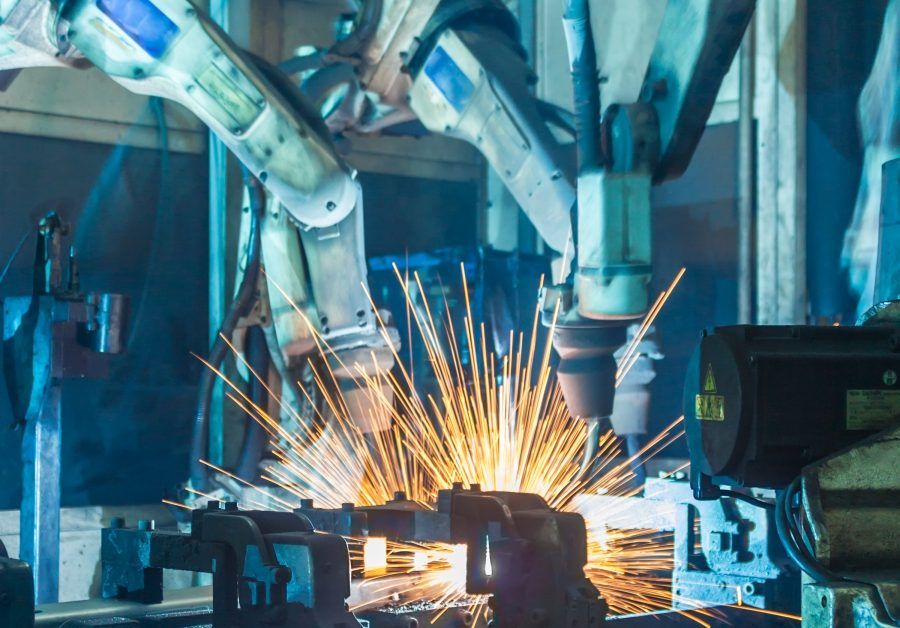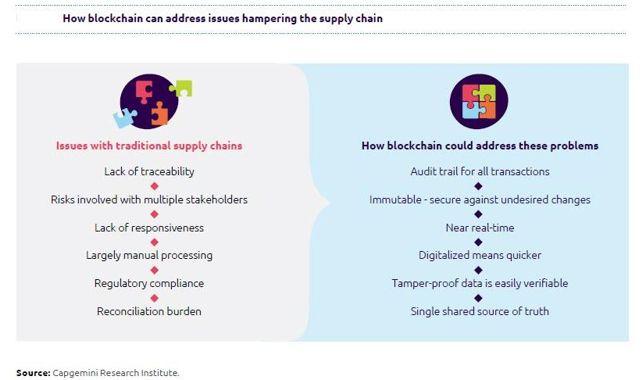According to IDC, by 2021, 50% of the Global 2000 companies will see most of their business depend upon the ability to create digitally enhanced products, services, and experiences. In response to these changes, there are various trends emerging and expanding as we get farther into 2019. These trends include changes in technology as well as the way in which products are manufactured and assembled. Let’s examine some of the tendencies that are evolving in the area of industrial manufacturing.
Technology Enhancements to Equipment
Many companies continue to move their data and processing functions to the cloud in droves; however, this is not always the best solution for every application. For industrial manufacturing, Edge computing is more often used for speed of data collection and analysis. With Edge computing, dedicated on-site resources are used on the shop floor instead of through remote servers. Doing so significantly increases the rate and amount of data manufacturers can process in real-time.
Current and future enhancements to equipment used in industrial manufacturing include components that are contained within the IIoT (Industrial Internet of Things). IIoT will assist in bringing about the next technological revolution in manufacturing as it interconnects devices to acquire and share massive amounts of data more efficiently and effectively. Companies that have implemented IIoT are seeing large improvements in the areas of safety, efficiency and profitability.
Along with IIoT, the next few years will bring an increase in the amount of firmware and software that is embedded in industrial manufacturing components – providing enhanced features and functionality. Physical steps in the manufacturing process will be replaced with automated ones using greater digital capabilities.
Implementing AR and VR
Augmented reality (AR) and Virtual reality (VR) will be used more frequently in industrial manufacturing in the coming years. Initially AR and VR have been used by shop supervisors and field or safety engineers to simulate different scenarios to predict and guard against various outcomes. Some of these scenarios may be related to safety or security of the manufacturing environment and used for compliance purposes. In other uses, AR and VR can be used to identify process improvements and to test the effectiveness of adopted upgrades. Also, these technologies can be used to train shop floor employees on new equipment, or when they will be performing new job functions. The uses of AR and VR are vast when applied to industrial manufacturing and there is sure to be a quick rise in their usage.
Blockchain
Blockchain is a trend continuing into 2019 that offers improvements and savings in myriad ways. Blockchain information exists as a shared, continually reconciled database. As its data is constantly updated across the internet, blockchain technology is available to any node on the internet. According to Gartner, the value-add of blockchain will exceed $3.1T by 2030. Pairing blockchain with IoT will bring about major improvements in product safety; maintenance, repair and warranty tracking; as well as delivering new usage models for smart, connected products. And recalls - costing millions of dollars - could be avoided with better track-and-traceability derived from blockchain. In general, blockchain increases visibility across all areas of manufacturing including these areas of the manufacturing process:
- Suppliers
- Sourcing
- Procurement
- Quality
And these improvements can be made across the supply chain industrial manufacturing process in the following ways and many more.


